Have you ever stopped to think about just how many cars are sold in the US each year? Whether you’re an auto repair shop owner, an industry enthusiast, or just a curious reader, understanding these numbers can give you valuable insights into the heartbeat of the American automotive market. The U.S. is one of the largest automotive markets in the world, with millions of vehicles sold annually, and each year tells a unique story.
Overview of the U.S. Automotive Market
The U.S. automotive market is a giant, and it’s only getting bigger. In 2022, it was valued at a whopping $1514.8 billion. And guess what? It’s expected to grow from $1,567.81 billion in 2023 to $2,064.51 billion by 2032. With a steady growth rate of 3.5% each year, the industry is cruising toward an even more impressive future.
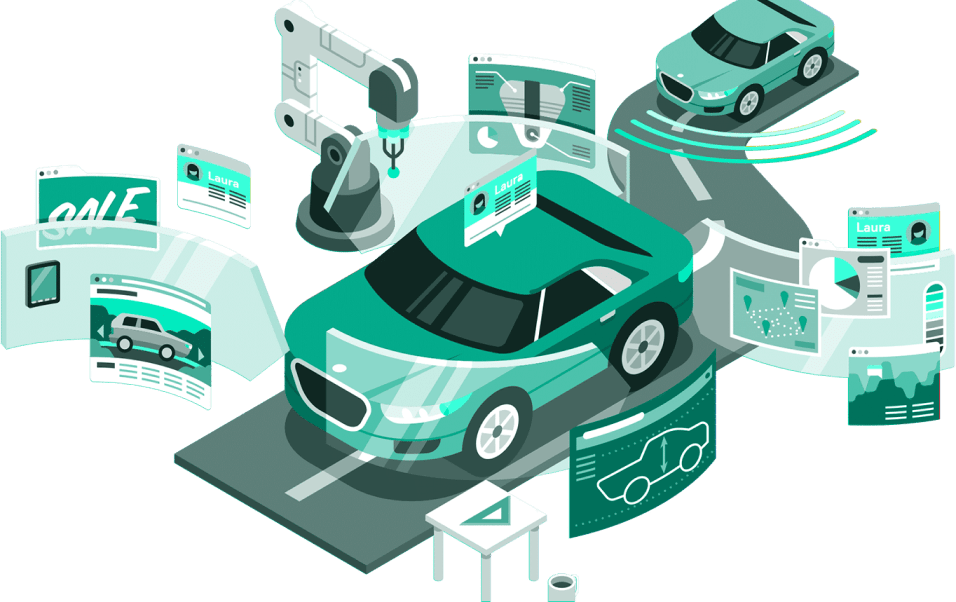
Factors Influencing Car Sales
Car sales in the U.S. aren’t just about people needing to get from point A to point B. Several factors play a role in how many vehicles are sold each year:
Economic Conditions
The state of the economy is a major driver of car sales. When the economy is strong, people feel more confident about making big purchases like a new car.

Consumer Preferences
In the 1990s, sedans were all the rage. Fast forward to today, SUVs and trucks dominate the market. For example, the Ford F-Series, is the best-selling vehicle in the U.S. for decades.

Technological Progress
The rise of electric vehicles (EVs) is a game-changer in the automotive industry. Tesla, has become a household name. In 2023, EVs made up about 7% of all new car sales in the U.S.

Annual New Car Sales Statistics
USA - Automotive Sales Volume, 2024
No Data Found
Copyright (C) MarkLines Co. Ltd. All rights reserved.
In May 2024, over $1.4 million new vehicles rolled off the lots in the U.S., marking a solid 5% increase from May 2023 and a whopping 29% jump from May 2022, when sales were around $1.1 million.
The auto industry took a hit during the COVID-19 pandemic, with new vehicle sales in 2022 dropping to their lowest since 2011, thanks to a shortage of semiconductor microchips and other supply chain hiccups. But things bounced back in 2023, and the momentum has carried into 2024. In 2023 alone, Americans bought around $14.8 million new vehicles. That’s roughly 40,000 new cars sold every single day!

Looking ahead, the projections for 2024 are promising, with more than $16 million new light vehicles expected to be sold, up from about $15.5 million in 2023. While we’re still catching up to pre-pandemic numbers, the industry is definitely on the road to recovery.
Let’s take a closer look at the numbers.

These statistics show how the market is gradually bouncing back, reflecting consumer confidence and a recovering economy.
U.S. light vehicle* retail sales over time
No Data Found
*”Light vehicles” are passenger cars and light trucks.
Source: Statista
Breakdown by Vehicle Type
Here is a breakdown of new car sales by vehicle type in the year 2023:

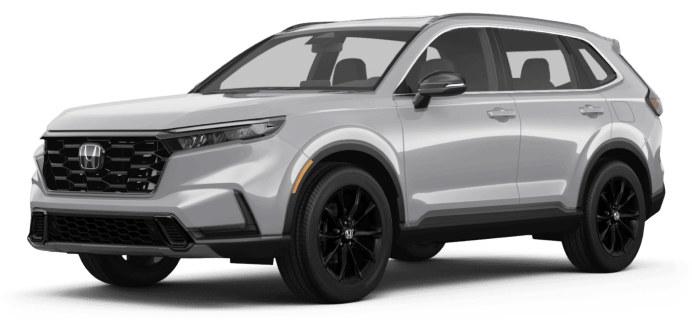

(52% Increase)
Regional Sales Data
When it comes to vehicle sales in the U.S., regional preferences play a huge role in shaping the market. From the rugged trucks that dominate the roads in Texas to the sleek electric vehicles (EVs) cruising through California, each region has its unique automotive tastes. Let’s break down the numbers and see what’s trending where.
The U.S. can be broadly divided into several key regions: the Northeast, Midwest, South, and West. Each of these regions has distinct vehicle preferences influenced by factors like geography, climate, and local culture.
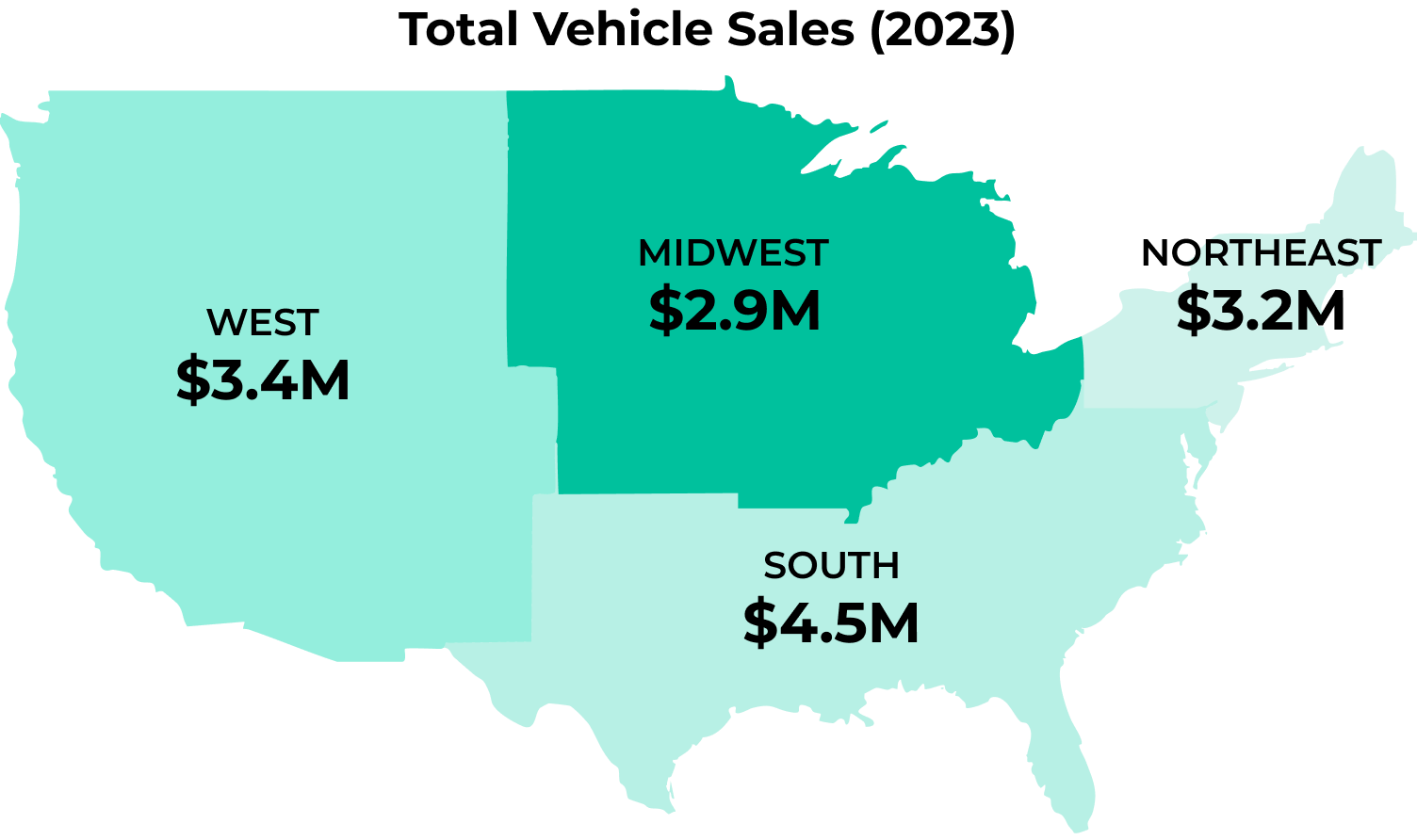
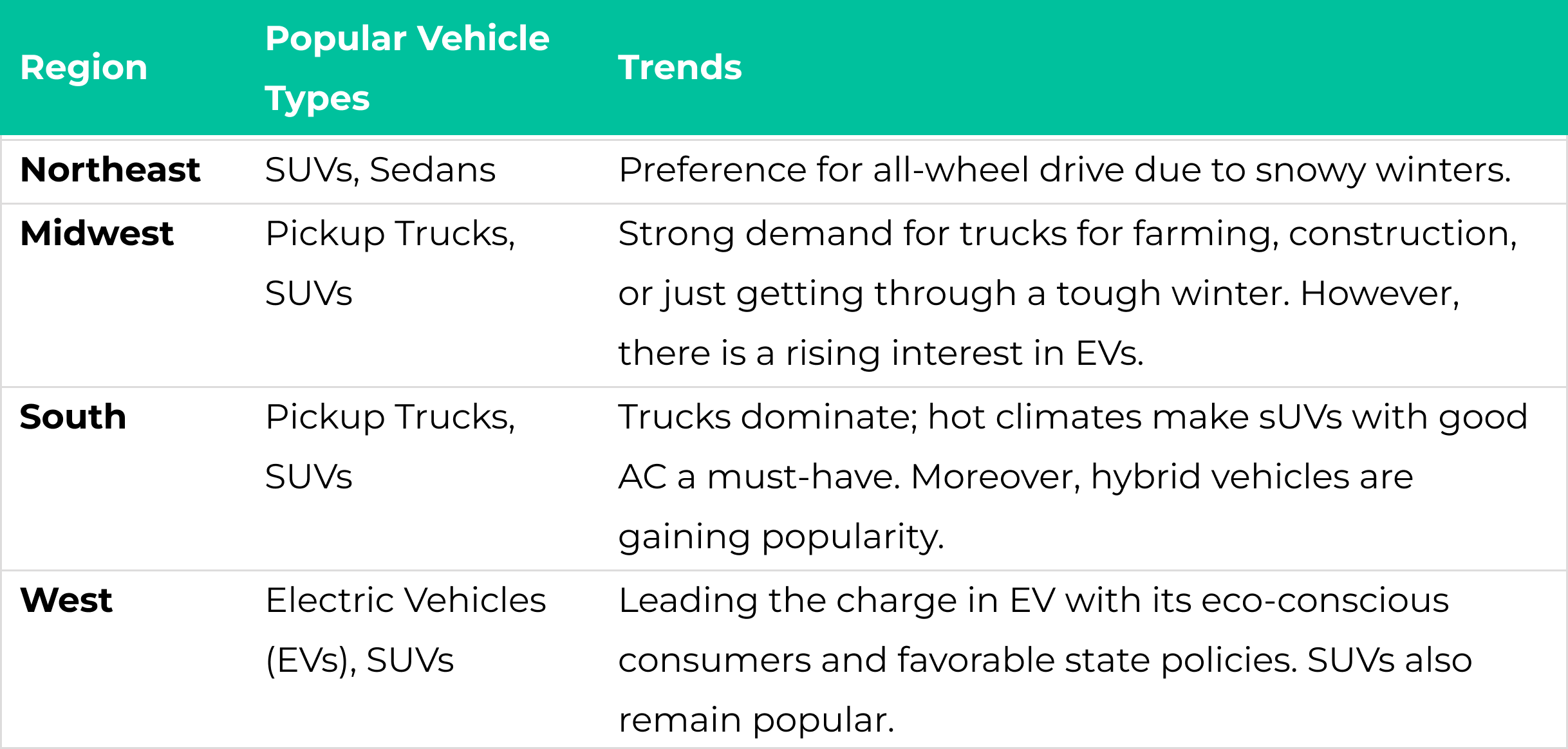
Impact of Market Trends
Current market trends are reshaping the automotive landscape:
The rise of electric and hybrid vehicles
With increasing concerns about climate change, more consumers are turning to EVs. States like California are even setting future bans on gasoline-powered vehicles, which will further boost EV sales.
Changes in consumer preferences
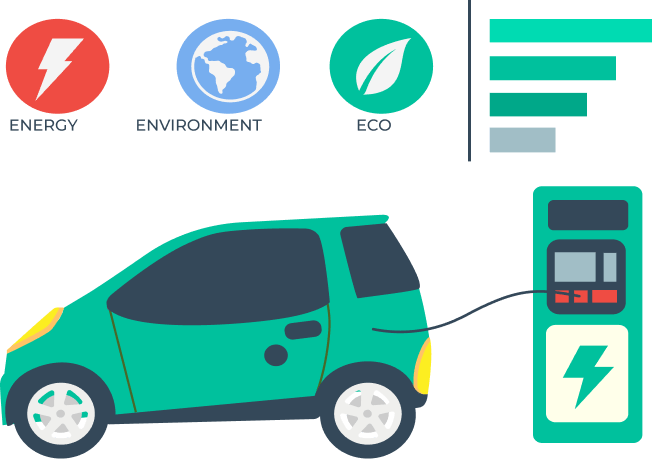
Millennials and Gen Z buyers are looking for technology-packed vehicles that offer connectivity, safety, and efficiency. This shift is leading to increased sales of cars that feature advanced driver-assistance systems (ADAS) and seamless smartphone integration.
Demographic shifts
Older generations tend to stick with brands they trust, while younger buyers are more open to new brands and technologies, influencing overall sales patterns

Key Players and Market Share
The U.S. automotive market is dominated by a few major players:
Ford
Continues to lead with its F-Series trucks, the best-selling vehicle in the country. As of August 2024 Ford has a market cap of $44.18 billion.
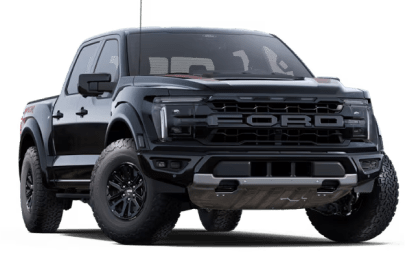
Tesla
Leading the EV market, particularly with the Model 3 and Model Y. As of August 2024, Tesla has a market cap of $680.93 billion.
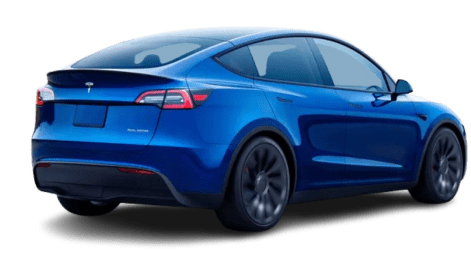
Toyota
Known for its reliability, especially with models like the Camry and RAV4. As of August 2024 Toyota has a market cap of $243.98 billion.
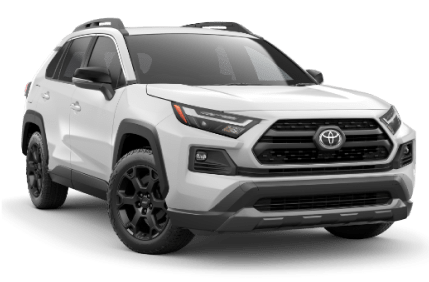
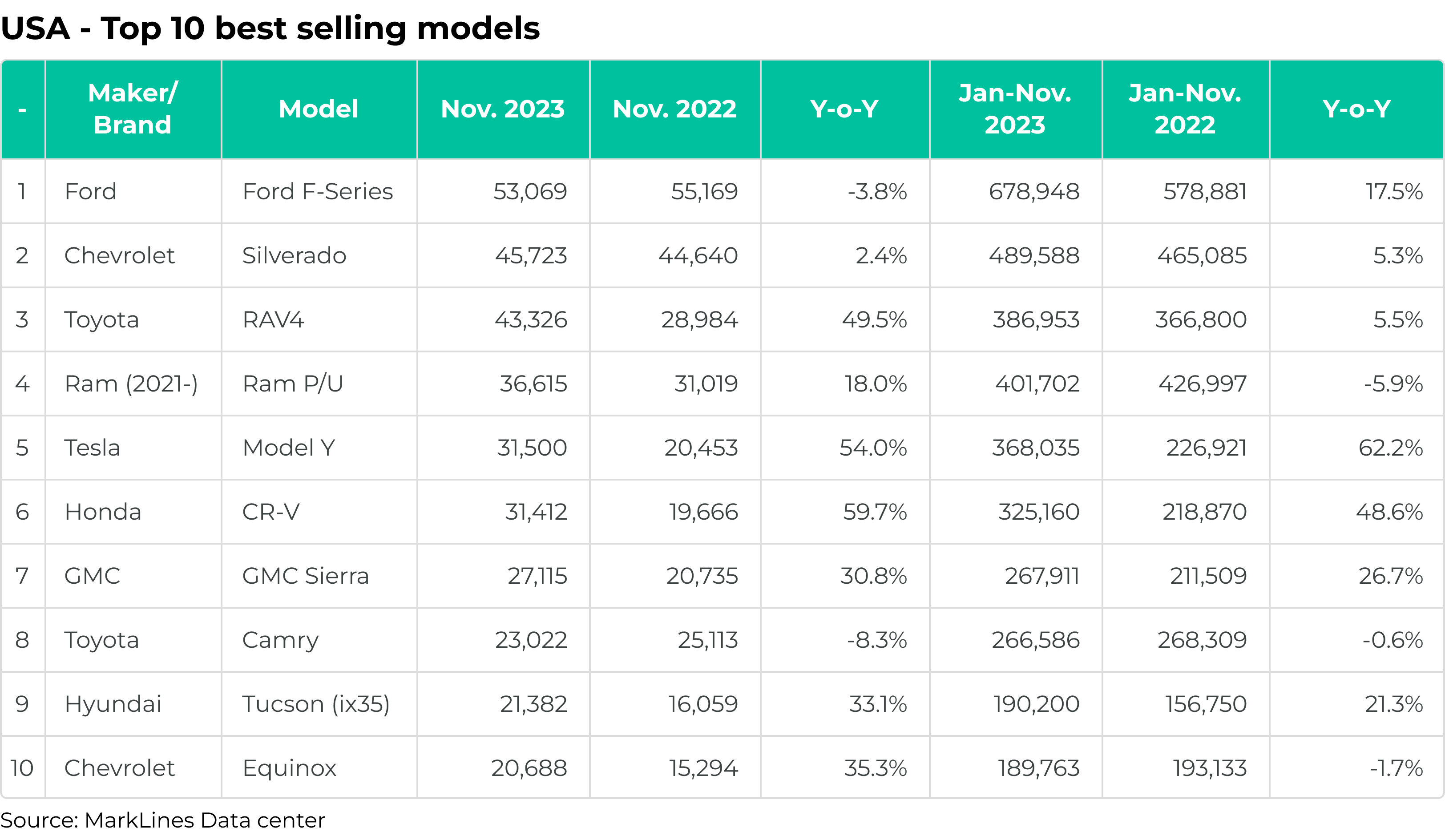
Looking ahead, the U.S. new-vehicle market is expected to see modest growth in 2024. Despite challenges like high prices and rising interest rates, sales are projected to hit $15.7 million by year’s end, a slight increase from 2023’s $15.5 million.
Cox Automotive predicts that while sales have been steady, uncertainty in the second half of the year could slow things down. Consumers might hold off on purchases, possibly waiting for better deals or more clarity after the November elections. However, discounting and improved pricing should help keep the market moving.
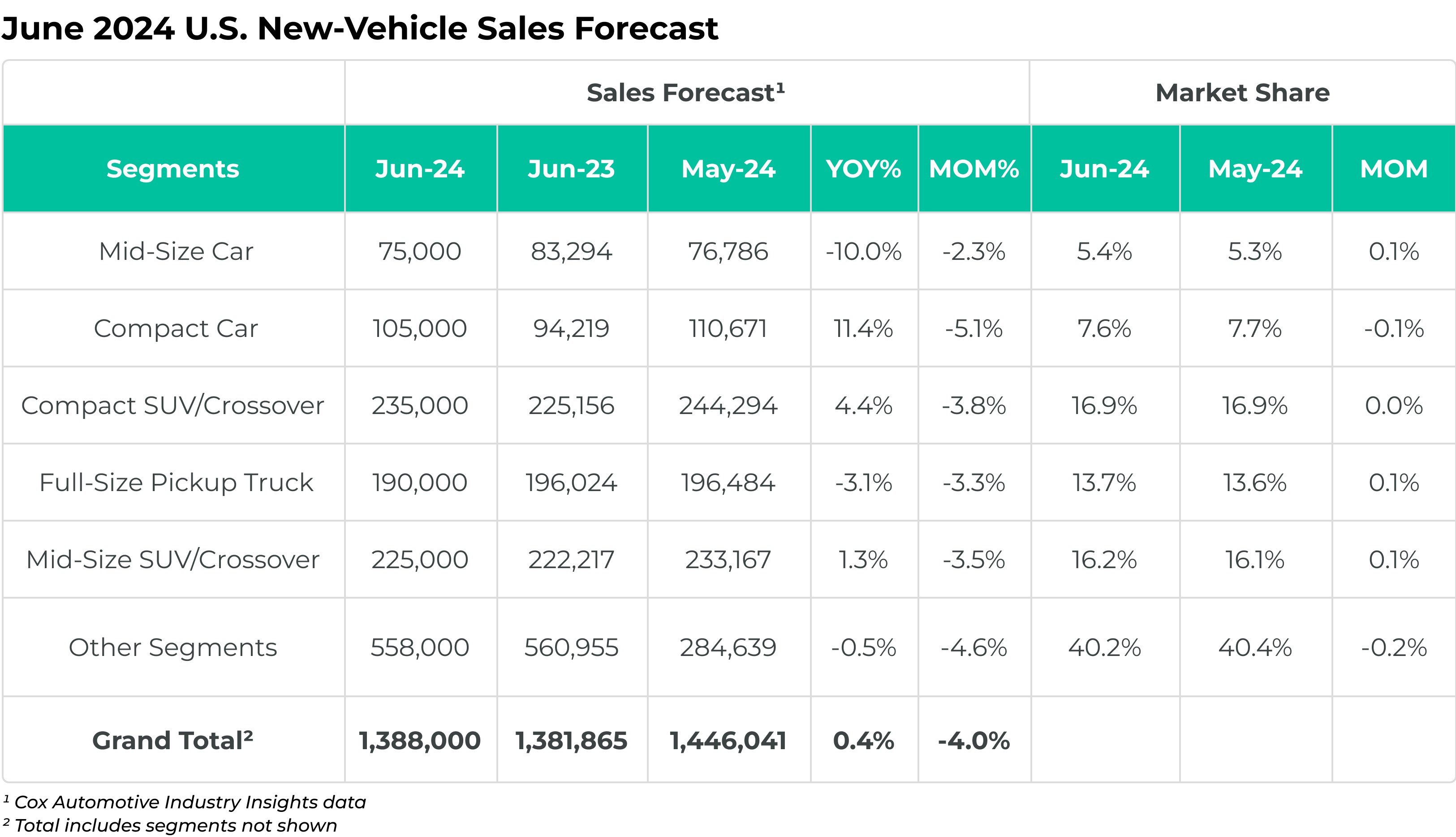
General Motors is likely to remain the top automaker, but Toyota is making significant gains, with a strong 16.3% increase in sales in the first half of 2024. Meanwhile, Honda is expected to leap ahead of Stellantis, becoming the fifth-largest automaker thanks to strong inventory and popular new models.
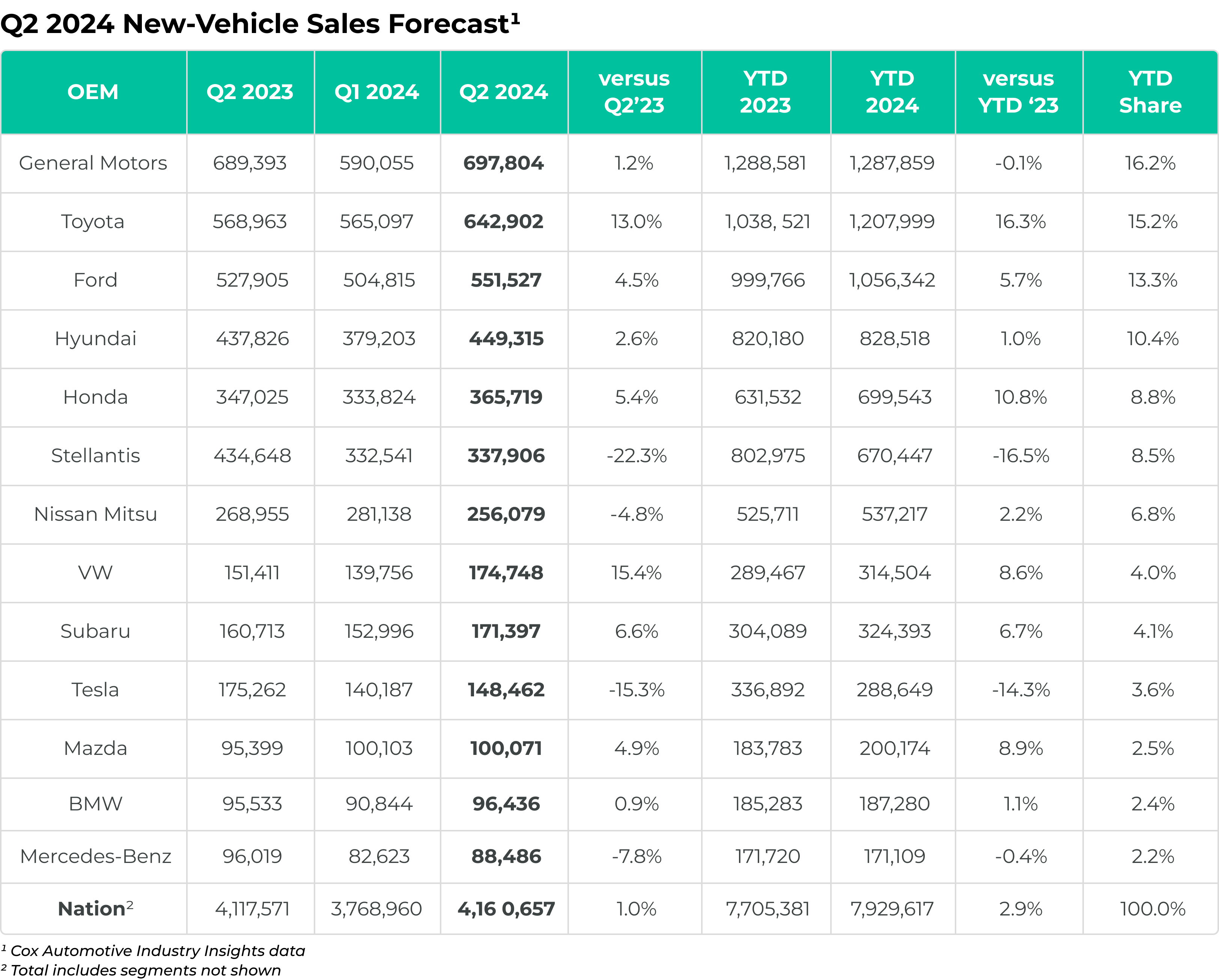
Conclusion
Understanding how many cars are sold in the U.S. each year provides a window into more than just the automotive industry—it reflects broader economic and social trends. For auto repair shop owners, staying informed about these trends can help you better serve your customers and adapt to the changing market.
As the market continues to evolve, so should your approach to running your shop. The future of car sales is bright, and being prepared will ensure your business thrives in this dynamic environment.
FAQs
In 2023, approximately 15.5 million new cars were sold in the U.S., with projections for 2024 estimating around 16 million new vehicles.
In 2023, over 12.3 million SUVs and trucks were sold in the U.S.
States like California, Texas, and Florida typically lead in car sales, with California being the largest market for electric vehicles (EVs).
As of recent data, approximately 91% of U.S. households own at least one car.
In 2022, about 13.7 million new vehicles were sold in the U.S., marking a drop due to the COVID-19 pandemic and supply chain issues.
The U.S. total vehicle sales include new and used vehicles. In 2023, around 15.5 million new vehicles were sold, while used car sales are typically higher.
In 2023, approximately 40,000 new cars were sold each day in the U.S.
The Ford F-Series has consistently been the best-selling vehicle in the U.S., particularly in the truck category.
The U.S. automotive market was valued at approximately $1514.8 billion in 2022 and is expected to grow to $2064.51 billion by 2032.








